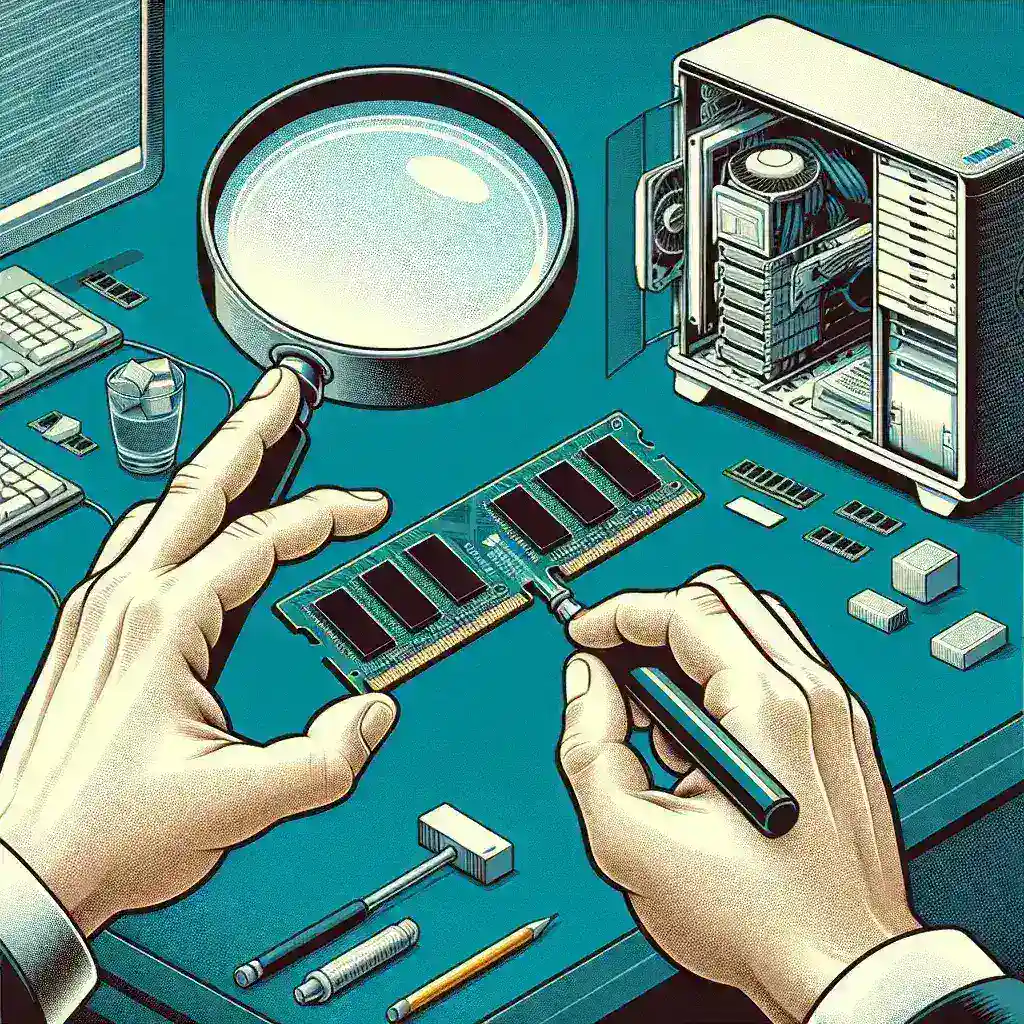Introduction
Is your computer running slowly? Do you often experience system crashes or freezes? One common culprit for these issues is faulty RAM (random access memory). RAM plays a vital role in your computer’s overall performance, so it’s important to ensure it is functioning properly. In this guide, we will walk you through the process of checking your RAM to identify any potential problems.
Step 1: Shut Down Your Computer
Before checking your RAM, it’s essential to shut down your computer properly. This ensures a clean start and prevents any accidental damage to your hardware.
Step 2: Open Your Computer Case
If you have a desktop computer, you will need to open the case to access the RAM modules. To do this, make sure your computer is unplugged, remove any connected peripherals, and carefully remove the case screws. Once the case is open, locate the RAM slots on the motherboard.
Step 3: Remove and Reinsert RAM Modules
To check if your RAM is working correctly, you need to remove each module and reinsert it firmly. Start by releasing the module from its slot by pressing down on the clips on either side. Gently remove the module and then reinsert it, making sure it is secure and properly aligned.
Step 4: Test RAM with Software
Once you have reinserted all the RAM modules, you can use software to test their functionality. Memtest86 and Windows Memory Diagnostic are two popular options. Download the software from their respective websites, create a bootable USB drive or CD, and boot your computer from it. The software will then scan your RAM for any errors or issues.
Step 5: Analyze Test Results
After the software test is complete, you will receive a report on the health of your RAM. If any errors are detected, it means there is a problem with your RAM modules. In this case, you should consider replacing the faulty module(s) to improve your computer’s performance.
Conclusion
Checking your RAM is a crucial step in troubleshooting slow computer performance. By following this step-by-step guide, you can easily identify any potential issues with your RAM and take appropriate action. Remember, faulty RAM can significantly impact your computer’s performance, so regular checks and maintenance are essential for optimal functionality.

